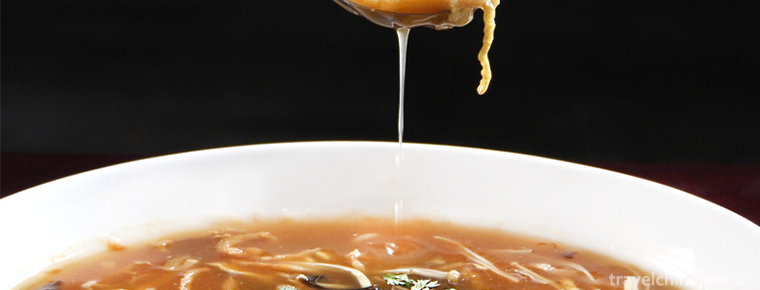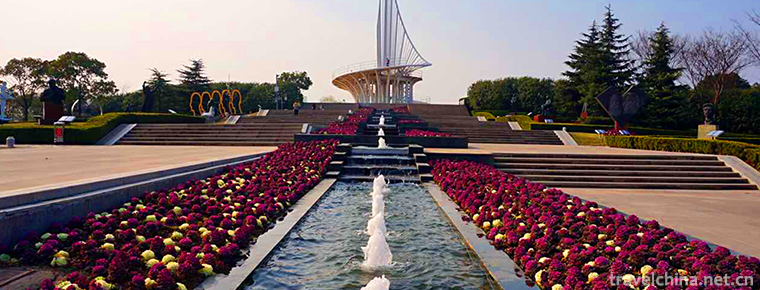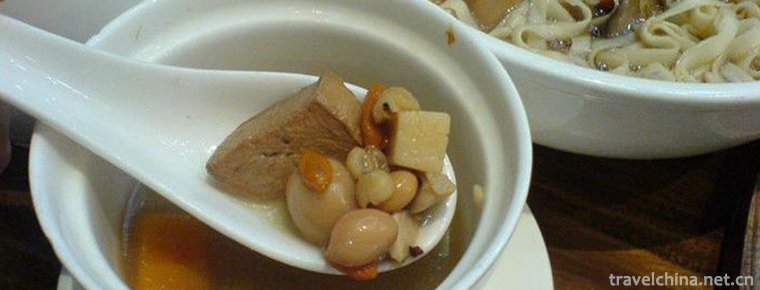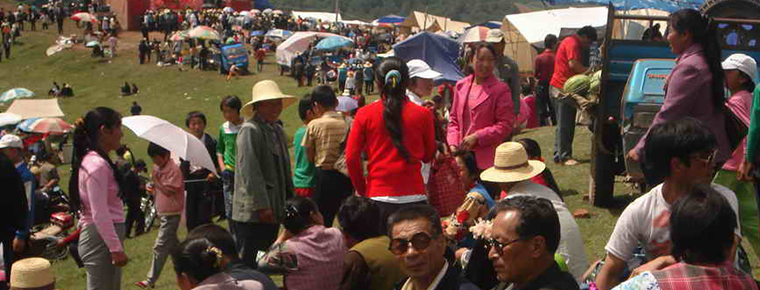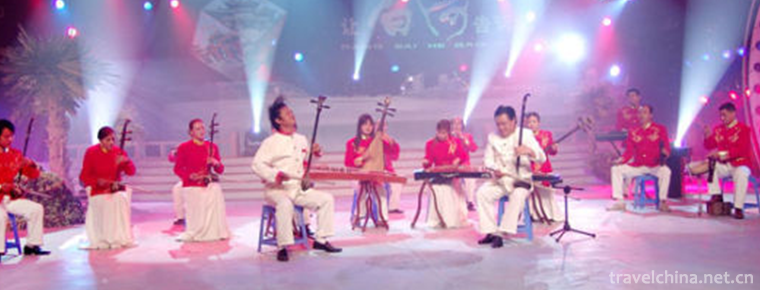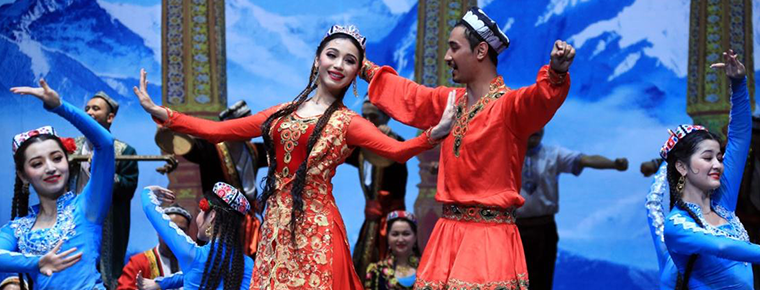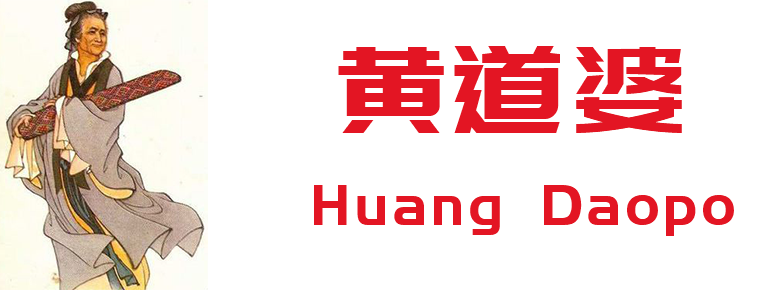High bar technology
High bar technology
High-pole boat acrobatics is a traditional folk acrobatics project which simulates silkworm babies'silk spinning as cocoon action performed at the sacrificial ceremony of Silkworm God in Zhejiang Province.
On May 23, 2011, Tongxiang City of Zhejiang Province declared that the "high-pole boat technology" was approved by the State Council and listed in the third batch of national intangible cultural heritage list.
historical origin
High-pole boat acrobatics originated in the late Ming and early Qing Dynasty, and flourished in the late Qing Dynasty and the Republic of China. The performance time is the Silkworm Flower Water Festival around the Qingming Festival every year. It is performed on the water near Shuangmiaozhu, Fudun Bridge and Hanshan in Tongxiang Qinghe Village. The high-pole boat is tied up side by side by two agricultural wooden boats, and the surface of the boat is covered with wooden boards; "pole" is a long shoot bamboo with a pole base of stone mortar, and is erected with three thicker bamboos tied into triangular support. The performance uses human gravity, natural flexibility and toughness of bamboo, so that the natural bending of the upper end of bamboo is 90 degrees parallel to the water surface, forming a performance area similar to the horizontal bar. The flat bamboo also skillfully leads the performer's landing place out of the hull and puts him on the surface of the water, forming a very ingenious safety guarantee.
Form of performance
Gao Gan boat skill is a traditional folk acrobatics project with the characteristics of both water and silkworm villages in Tongxiang City. It is spread in Qingshi and Yongxiu areas of Tongxiang City and performed in the annual "Shuangmiaozhu Silkworm Flower Victory Meeting".
"Man overturns on poles, poles stand on ships and boats travel in rivers" is the greatest feature of high pole boat technology. The project takes a long bamboo with slight bamboo as the main pole of the performance. A stone mortar is placed in the boat as the pole base, and three thicker bamboos are tied into triangular brackets. The boat is tied up side by side by two farm wooden boats, with wooden boards on the surface of the boat, forming a water stage with unique water style.
Inheritance status
Luo Huawen, the fifth generation of Tongxiang high-pole boat technology. Luo Hua-wen is like a gymnast, making various fancy movements on the top of the pole, such as monkeys looking at the moon, pigeons turning over, upside down dragonflies, one-arm hanging... Every time Luo changed his movements, tourists'cameras flashed and applause rose and fell from crowd to crowd.
"How dangerous! How exciting! Visitors burst into the wok. Zhou Xu in Luzhou, Sichuan Province, took a Pufan to keep out the scorching sun and was very devoted to it. "I've been to many places and seen a lot of juggling shows, but it's the first time I've seen such a thrilling high-pole boat show. While watching the performance and listening to the guide's folk stories about the origin of the high-pole boat, it can make people particularly impressive and refreshing by combining the performance with traditional culture. High-pole boat, commonly known as "silkworm flower boat", is a boat used by silkworm farmers to pray for silkworm cocoon harvest. This activity began in the reign of Qianlong in the Qing Dynasty. Every year in the Qing and Ming Dynasties, villagers perform various difficult movements on high poles in turn: pole tip upside down, hands off poles, lying on one's own pole, flying around in the air... They all imitate the process of silkworm babies going up the hill, spinning silk and making cocoons. Since Donggai Scenic Area resumed this performance, it has been loved by tourists because of its strong ornamental, water and silkworm characteristics.
The 15-minute performance was too much for tourists to see. Although the performance was exciting and exciting, it was very difficult and dangerous because there were no protective measures. In order to keep the bending part of the bamboo on the side of the river, he and another master Jin were responsible for stabilizing the direction of the bamboo. "In this way, even if an accident happens and falls into the water, the injury will not be too serious."
"Has the performance finished yet?" "When is the next performance?" Later tourists couldn't help asking. "There's another one at 2:30 p.m." Luo answered as he packed his things, "As long as the weather permits, there are two performances in the scenic area every morning and afternoon." Although it's only half a year since the official performance, Luo has already accumulated a large number of fans and is a little famous "star" figure in the scenic area.
Don't look at the superficial scenery, but in order to practice this program, Luo Hua-wen said as he spread out his hands, "Look at the old cocoon on my hand, it has been knotted back and forth several times before, and now it is thick and bright again."
Wuzhen Tourist Company, the relevant person in charge told reporters that the high-rod boat is an established performance project in Donggai Scenic Area, but with the older generation of performers getting older, the situation that no one succeeds has been highlighted as early as a few years ago. For this reason, since 2009, the scenic spot has selected several employees from the company to follow Tao Xinwei, the fourth generation successor of the high-pole boat. "On the one hand, it is for the performance to continue, on the other hand, it is also for the hope of preserving this traditional art."
All the friends who studied art together gave up for various reasons. Only Luo Hua-wen persisted in the end. It's no exaggeration to say that the 21-year-old Chongqing boy with dark skin and thick physiognomy is the only person in Wuzhen who has mastered the skills of high-pole boats and still insists on performing.
Inheritance and protection
The State Council approved 191 national intangible cultural heritage lists and 164 national intangible cultural heritage expansion lists, which were determined by the Ministry of Culture. High-pole boating skills were included in traditional sports, recreation and acrobatics.

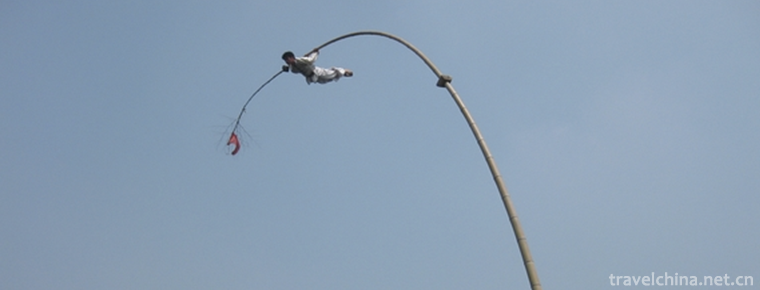
-
The Qiaos Famaily Compound
The Qiao's Famaily Compound: National AAAAA-level tourist attractions, national key cultural relics protection units, national second-level museums.
Views: 153 Time 2018-11-24 -
Free and unfettered hu hot soup
The authentic Xiaoyao Town Hu Hot Soup, produced in Xiaoyao Town, Xihua County, Zhoukou City, Henan Province, is a famous snack in China.
Views: 277 Time 2018-11-26 -
Shanghai Oriental land
Located in Qingpu District, Shanghai, Oriental Green Boat is the only large park in Shanghai that integrates outreach training, youth social practice, team activities and leisure tourism. Near the sce.
Views: 189 Time 2018-12-20 -
Babu Zhai soup
Babaozhai soup is a traditional dish of Guangdong Province, which belongs to Cantonese cuisine. The soup tastes elegant and light, fresh and tasty, nutritious and has strong nourishing function..
Views: 280 Time 2019-03-27 -
Flower Huaer
"Huaer" is a folk song created and shared by Han, Hui, Tibetan, Dongxiang, Baoan, Sarah, Tu, Yugu and Mongolian nationalities in Gansu, Qinghai and Ningxia provinces in Northwest China..
Views: 122 Time 2019-05-04 -
Pulangorgozi
Pulangorgozi, also known as "fruit harmony", is a kind of self-entertaining dance, which originates from Pulan County and is widely spread in Ali countryside. It is a kind of hand in hand, s.
Views: 246 Time 2019-06-09 -
Qinghai Han Minority Folk Minor
Qinghai Han folk minor is one of the genres of Chinese folk songs. Generally speaking, it refers to folk songs and dances popular in town fairs. Through the spread of the past dynasties.
Views: 442 Time 2019-06-10 -
She Nationality Medicine
She medicine is mainly distributed in Jingning She Autonomous County of Zhejiang Province and in some mountainous areas of Fujian and Jiangxi provinces. She nationality has no written language and is .
Views: 127 Time 2019-06-14 -
Xiping Folk Song
Xiping Folk Song is a traditional folk song in Xiping Town, Xixia County, Nanyang City. Xiping Town, located in the hinterland of Funiu Mountain in Western Henan Province, is located in the combinatio.
Views: 213 Time 2019-07-01 -
Machirev
Machirev is a name for a form of dance and entertainment, which refers to a large-scale self-entertainment activity with a large number of participants (the so-called participation refers to those who.
Views: 95 Time 2019-07-06 -
Traditional craftsmanship of moon cakes
Guo Dulin Jin-style moon cakes are Shanxi specialty. They are simple in shape, mellow in taste, crisp and refreshing, sweet but not greasy. They are famous for their crispness, delicacy, sweetness, me.
Views: 192 Time 2019-07-16 -
Huang Daopo
Huang Daopo (1245 - 1330), also known as Huang Po , Yellow mother , Songjiang prefecture Wu Najing town (now Xuhui District, Shanghai) Huajing town People, famous at the end of Song Dynasty and early .
Views: 122 Time 2019-09-07

